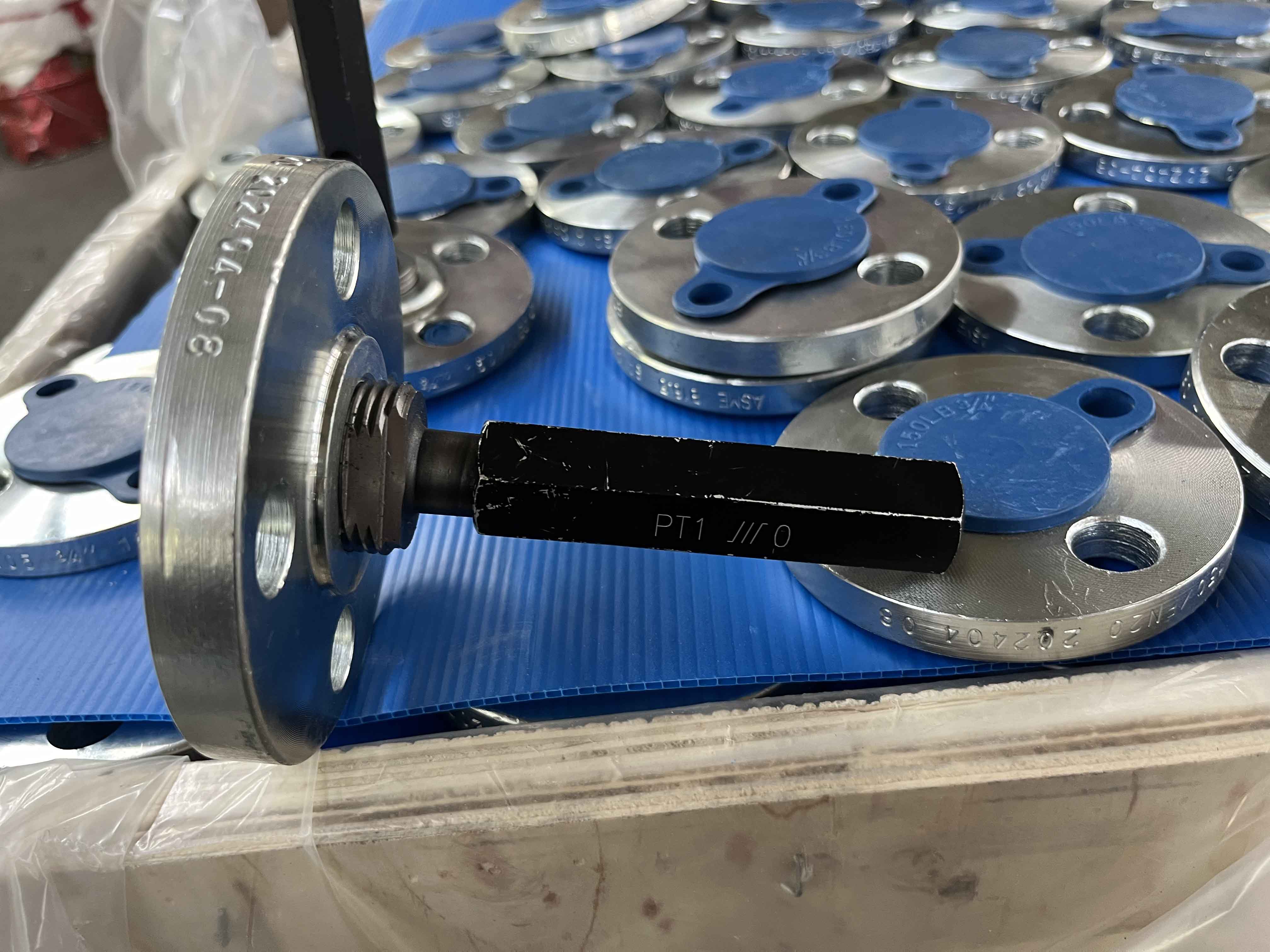Current location:
reducing cross pipe fitting
Date:2025-08-17 21:43:58 Read(143)

Understanding Copper Pipe Cross Fittings Copper pipe cross fittings are essential components in plumbing systems, utilized to create intricate connections between multiple pipes. These fittings allow for efficient routing of fluids in residential, commercial, and industrial applications. Understanding their functionality, types, and benefits is vital for anyone involved in plumbing and HVAC (heating, ventilation, and air conditioning) projects. What is a Copper Pipe Cross Fitting? A copper pipe cross fitting, often simply called a cross, is designed to connect four sections of pipe in a crisscross formation. This fitting is particularly useful when a fluid needs to be directed in multiple directions. Unlike standard elbows or tees, which typically branch off from a single pipe line, a cross fitting can support the flow through multiple paths simultaneously without losing pressure or causing turbulence. Types of Copper Pipe Cross Fittings 1. Standard Cross Fittings These are the most common, featuring four openings that allow for 90-degree connections. The standard cross is designed for use with standard-sized copper pipes and is often used in residential plumbing systems. 2. Reducing Cross Fittings This type features different-sized openings. It allows for connections between pipes of various diameters, which is especially helpful in systems where space is limited or when transitioning between different pipe sizes is necessary. 3. Solder Types Copper fittings can be joined using soldering techniques. This method involves melting a filler metal to create a strong, watertight seal. Soldering is a preferred method in plumbing due to its durability and ability to handle high pressure and temperature conditions. copper pipe cross fitting Benefits of Using Copper Pipe Cross Fittings 1. Durability Copper is well-known for its strength and resistance to corrosion, making it ideal for plumbing installations. Copper pipe fittings can handle high pressure and varying temperatures, ensuring a long-lasting and reliable plumbing system. 2. Versatility The ability to connect pipes in multiple directions allows for versatility in design and installation. Cross fittings enable plumbers to navigate complex piping layouts without the need for excessive bends or additional fittings. 3. Efficiency By utilizing copper cross fittings, flow efficiency is improved. The design minimizes flow restrictions, leading to smoother fluid movement throughout the system. 4. Aesthetics and Cleanliness Copper has a distinct, appealing appearance and is naturally antimicrobial. This makes copper piping an attractive option for exposed plumbing systems, while also promoting a cleaner environment by inhibiting bacterial growth. Installation Considerations When installing copper pipe cross fittings, several factors must be considered. Proper measurements and techniques in cutting pipes are essential to ensure a snug fit. Additionally, soldering requires attention to detail to avoid leaks; thereby ensuring a successful installation. Utilizing flux and bringing the pipe and fitting to the correct temperature are critical steps in achieving a strong solder joint. In conclusion, copper pipe cross fittings play an integral role in modern plumbing systems, offering durability, versatility, and efficiency. Understanding these fittings can empower plumbers and DIY enthusiasts to make informed choices when designing and implementing piping systems. Whether for a simple home renovation or a large-scale commercial project, the inclusion of copper cross fittings will undoubtedly enhance the overall effectiveness of any plumbing installation.
Share:
Previous: Creating Flanges for Advanced Applications in Engineering and Construction
Next: Equivalent 1% 2% X 18 Galvanized Pipe Specifications and Applications Guide
Kind tips:The above content and pictures are compiled from the Internet and are for reference only. I hope they will be helpful to you! If there is any infringement, please contact us to delete it!
You may also like
- Creating a Flexible Three-Dimensional Curved Pipe Design for Various Applications
- Exploring the Applications and Benefits of 3% 208% 90 Degree Elbow in Industrial Systems
- Flange Specifications and Standards for ANSI Class 6 Applications
- Flanged Outlet Design for Enhanced Fluid Flow and Connection Reliability
- api 5l x60 specification
- Exploring the Features and Applications of ANSI B16.47 Standards in Piping Systems
- Comparing ANSI 150 Flanges for Enhanced Performance and Compatibility
- Exploring the Benefits and Applications of a 1-Inch 45-Degree Elbow in Plumbing Systems
- Flange Type Valve Design and Application for Efficient Fluid Control